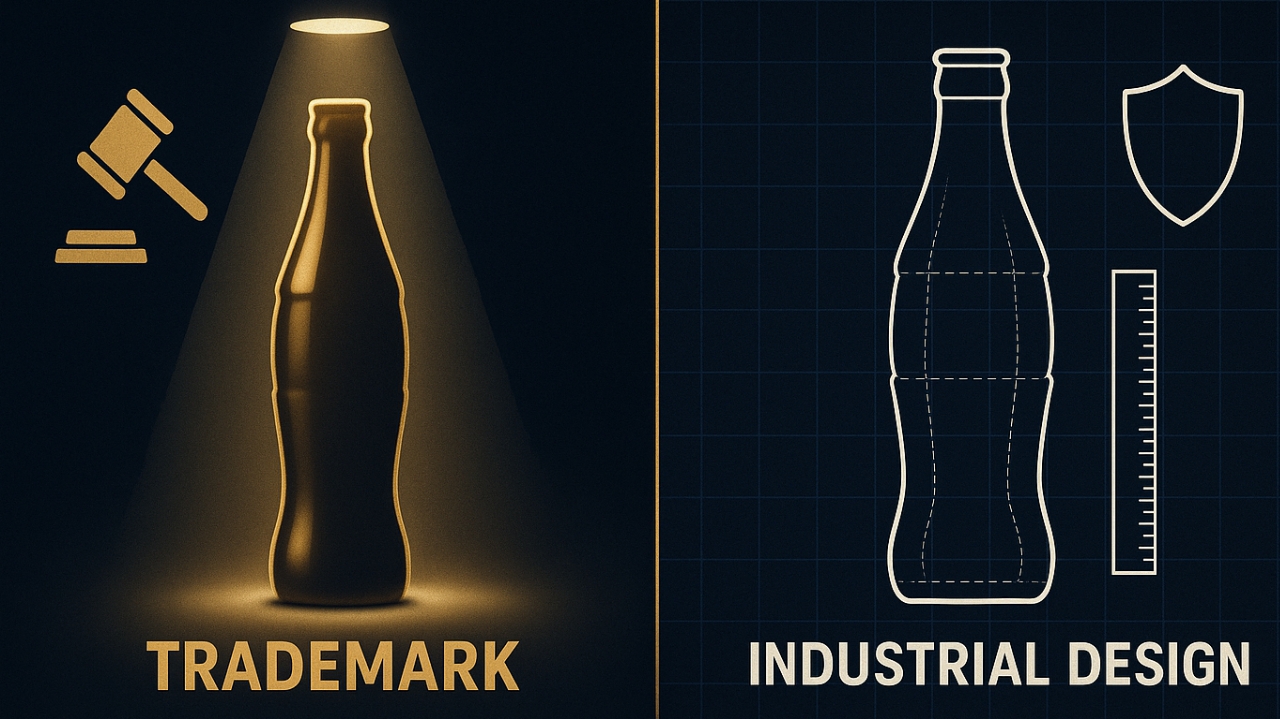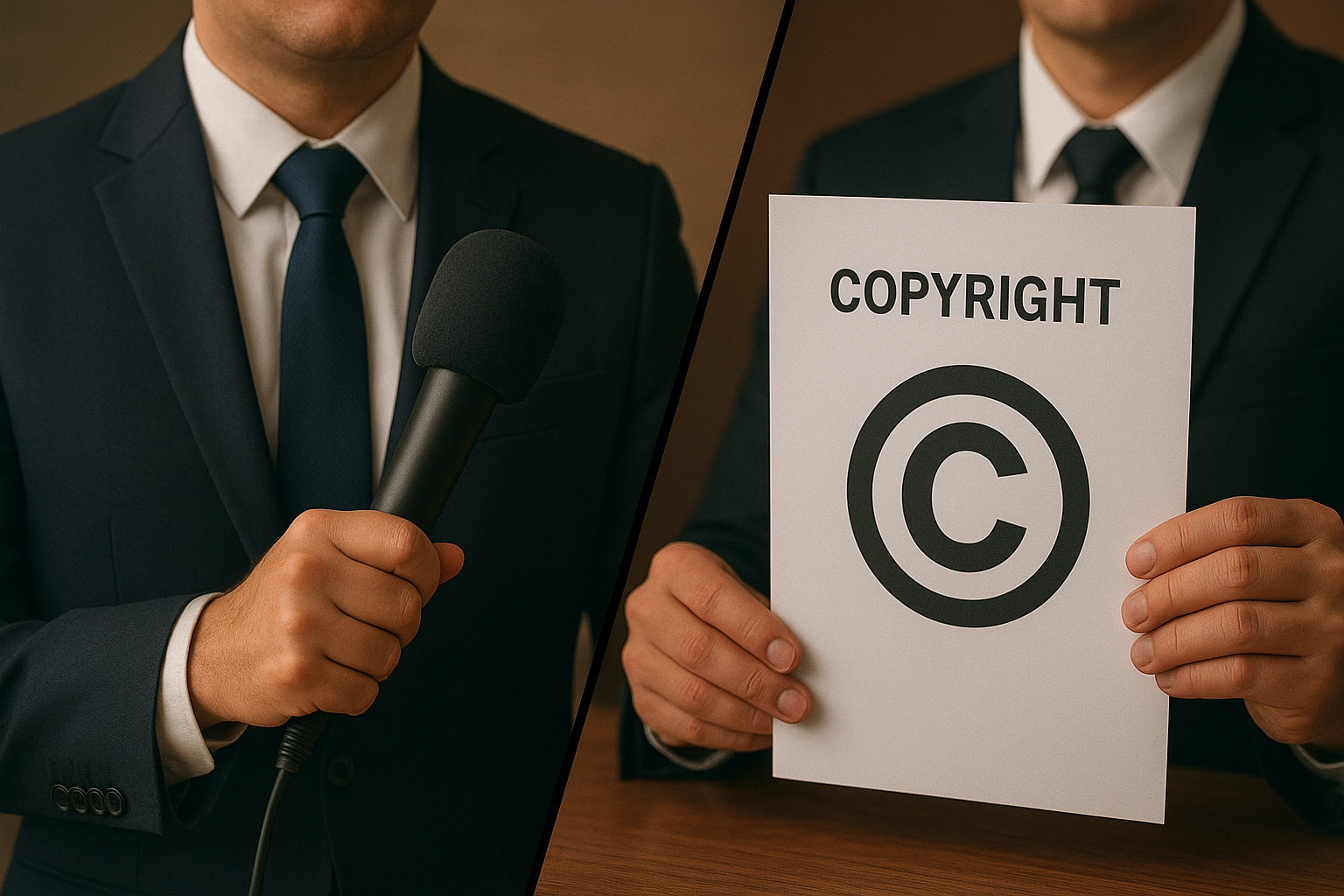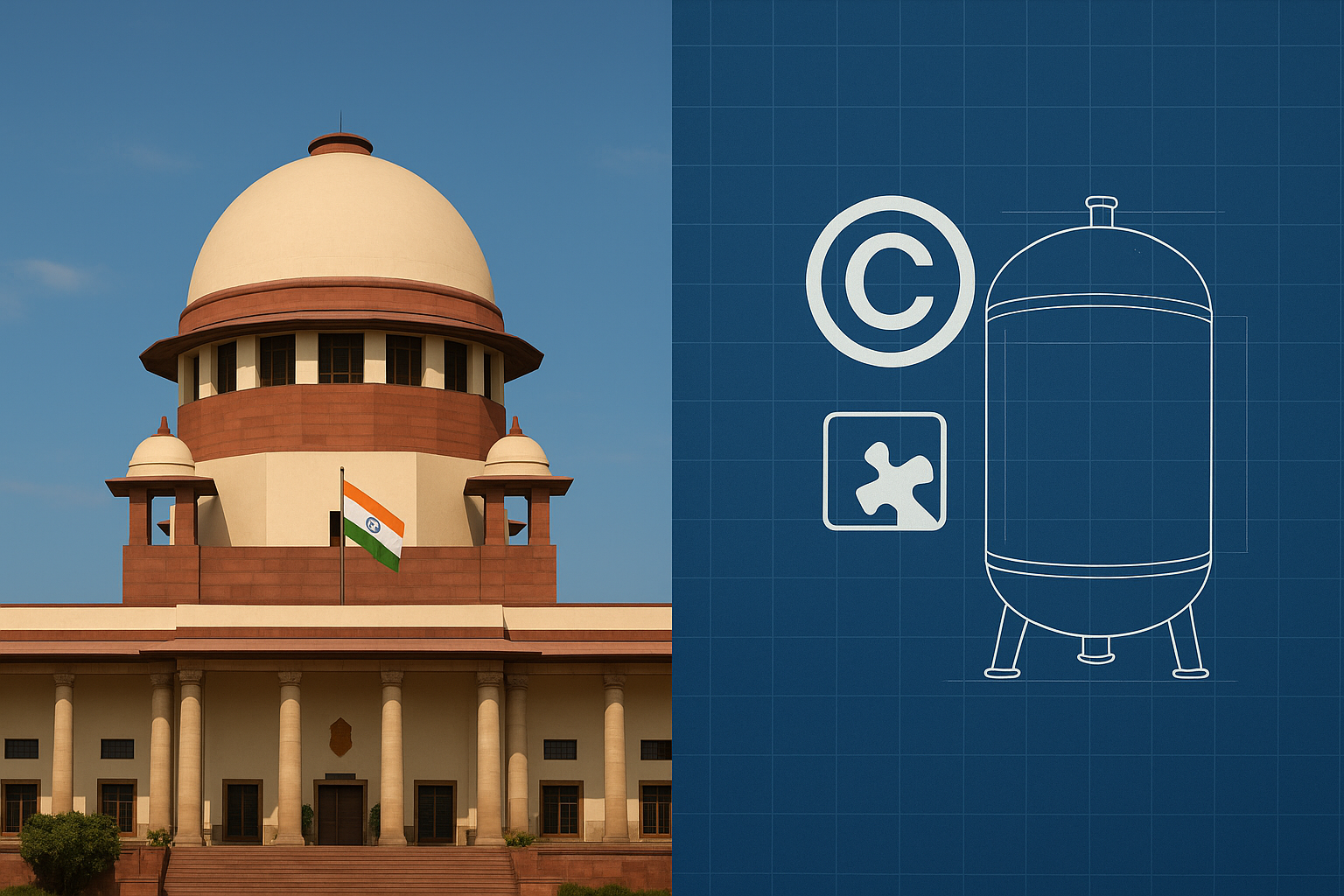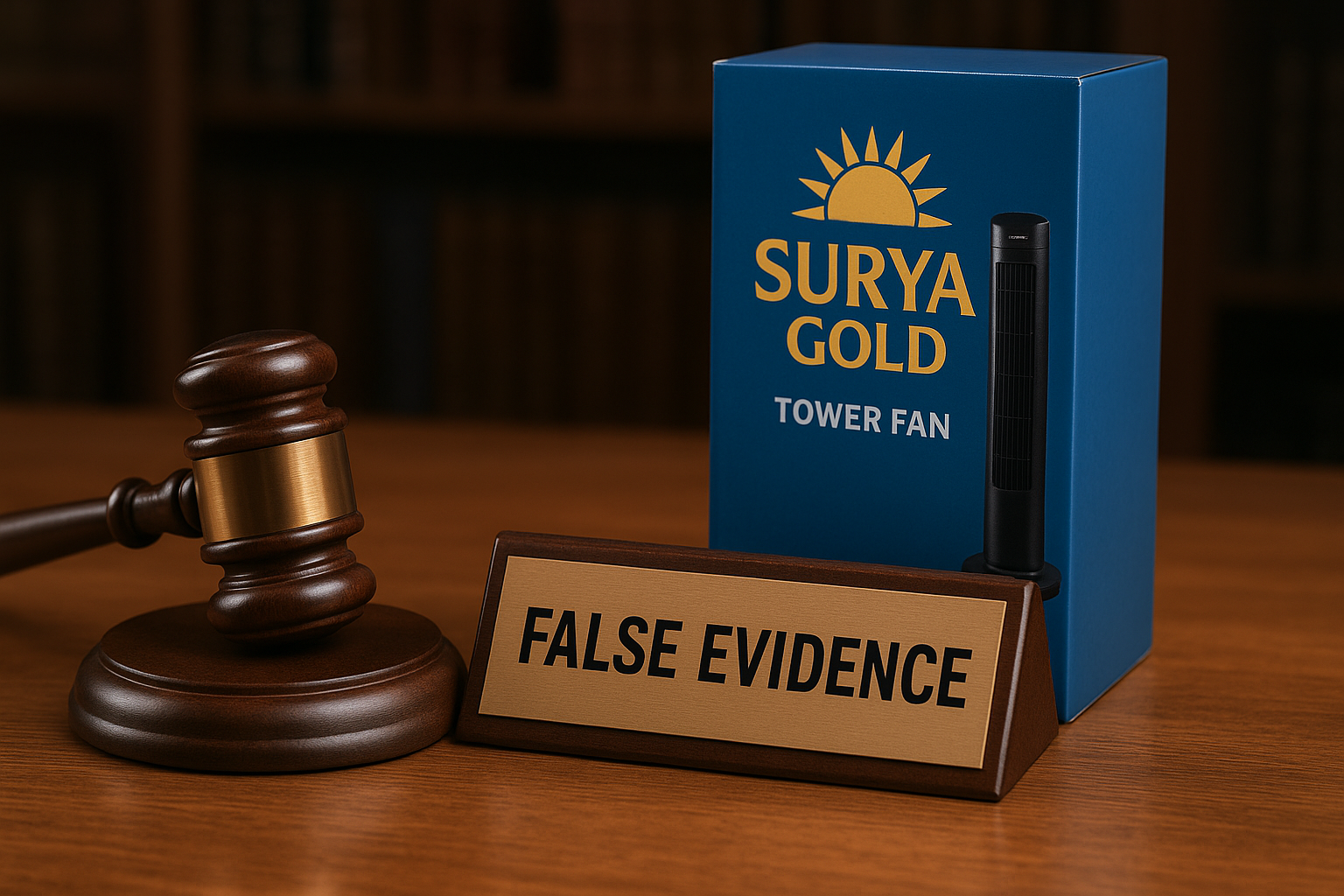
Industrial Design and Trademark (specifically, shape of goods) are intellectual property rights that protect the unique appearance of a product. Shape can be a powerful tool for product protection, both as a trademark and an industrial design. Understanding the advantages and disadvantages of filing for these rights can help businesses make informed decisions about their product strategy. In some cases, filing for both an industrial design and a trademark can provide maximum protection.
INDUSTRIAL DESIGN
Industrial design refers to the dimensional or aesthetic features of an article that make it visually distinctive. Registering an industrial design protects the unique appearance of your product, preventing others from copying or imitating it. E.g. The Coca-Cola ‘Contour’ Bottle An excellent example of iconic industrial design is the Coca-Cola ‘Contour’ bottle which is recognised by millions across the globe and is used on a daily basis by many people every day.
Some of the important points to consider in case of industrial design:
Aesthetic Protection: A product’s shape, pattern, color, or ornamentation are all protected when an industrial design is registered. This can be important for products where consumers’ choices are heavily influenced by visual appeal.
Exclusive Rights: It gives the owner the only authority to stop other people from creating, utilizing, marketing, or importing goods that imitate or substantially mimic the design.
Relatively Faster Process: Since industrial design protection concentrates on the appearance of the design rather than its ability to identify its source, it is frequently quicker and less complicated to obtain than trademark protection.
Flexibility in Scope: Industrial design rights can cover a broad variety of goods and safeguard different design elements, such as surface patterns and configurations.
Some of the limitation when considering filling of industrial design:
Limited Duration: Depending on the country, industrial design protection usually lasts between 10 and extended up to 5 years, after which the design becomes public domain.
Lack of Protection for Functionality: A product’s functional aspects are not safeguarded. Industrial design registration might not be appropriate if the design is solely practical.
Geographical Restrictions: Since protection is typically territorial, you must file applications in each nation where you want it, which can be expensive.
Risk of Overlap: Design protection may be ineffective if a product’s shape is primarily used to identify its source (trademark function).
Unpublished Design: Prior publication of design is unacceptable. The design must be new and not have been publicly disclosed or used before.
Minor amendment: Amendment and rearrangement of the industrial design once filed are not considered a part of the design once filed.
Trademark (Shape of Goods)
A trademark is a distinctive sign that identifies the goods or services of one enterprise from those of others. The shape of a product can serve as a trademark if it: Distinguishes the product from competitors’ offerings or has acquired secondary meaning—consumers associate the shape with a specific brand or source. E.g. The Hershey’s Kiss: The distinctive shape of the Hershey’s Kiss chocolate is another example of a trademark shape.
Pro of filing a trademark application for shape of goods:
Long-Term Protection: As long as the mark is in use and renewal fees are paid, trademarks may be renewed indefinitely (for example, every ten years), possibly providing permanent protection.
Brand Recognition: By creating a mental association between the product’s shape and the company, trademark registration of a shape can helps strengthen and safeguard brand identification. Example: Apple logo’s iconic silhouette
Wider Protection: Trademarks offer a more comprehensive level of protection for shapes, such as stopping third parties from adopting the same shape in a way that could mislead consumers about the items’ origin.
Complementary to Other IP: By providing layered protection, trademark protection can be used in conjunction with other IP types such as patents or industrial designs.
Cons in filing a trademark application for shape of goods:
Complicated and Expensive: The process of registering a shape as a trademark can be complicated since it needs to have gained uniqueness, or for customers to identify the shape as a source. This frequently calls for strong proof, which can be expensive and time-consuming.
Functional Shapes Are Not Eligible: Product designs that perform practical functions have a smaller scope of protection since shapes that are primarily functional are not eligible to be registered as trademarks. The design must have a distinctive appearance and Individual character that sets it apart from existing designs.
Difficult to Enforce: It can be difficult to enforce form trademarks, particularly if the shape is not well-known or if there are a lot of identical designs on the market.
Geographical Limitation: Trademarks are territorial, just like industrial designs, meaning that they must be registered in every nation where protection is sought.
Choosing Between the Two:
- Product Nature: Trademark seems to be more suitable. It would be preferable to register a trademark if the shape is unique and functions as a brand identification.
- Protection Length: Take into account how long you will require the safeguard. Trademarks are perpetually protected, while industrial designs are only so for a limited time later are available in public domain.
- Market and Legal Strategy: Analyze the legal and market environments. The usefulness of industrial design protection compared to trademark protection may vary depending on which markets place a higher importance on design aesthetics than others.
This means that the same design could potentially be protected as both a design and a trademark. In some cases, it might be beneficial to pursue both types of protection, depending on the strategic needs of the product and the company.
Now the question arises if the shape of good needs both types of protection then what is advisable to file in case of shape of goods first trademark application or design application. As per the design law, trademarked goods cannot be filed for design registration.
Carlsberg Breweries v. Som Distilleries and Breweries Ltd.** [(2018) 255 DLT 514]
In this case, Carlsberg Breweries had registered its distinctive bottle design as a trademark under the Trade Marks Act, 1999, and also sought design protection under the Designs Act, 2000. The case revolved around whether Carlsberg could claim protection for the same bottle shape under both laws. The Delhi High Court held that both registrations serve different purposes: the Trade Marks Act protects the distinctiveness of the shape as an indicator of origin, while the Designs Act protects the novelty and aesthetic features of the design.
The court reasoned that it is possible to have simultaneous protection under both acts, provided that the shape of the goods has acquired distinctiveness (for trademark protection) and maintains its novelty (for design protection). Thus, if the product was registered as Trademark and Design before 1999 then it was registered under the Trade and Merchandise Marks Act of 1958 later replaced by Trade Marks Act of 1999 which provides for better protection of trademarks and for the prevention of the use of fraudulent marks on merchandise.




Leave a Reply